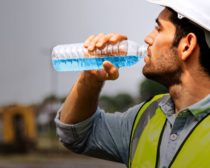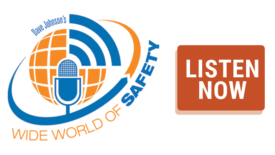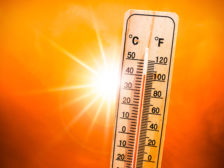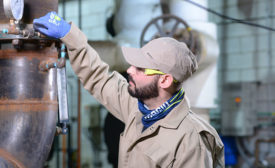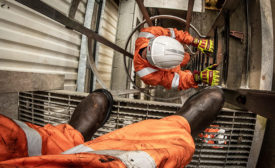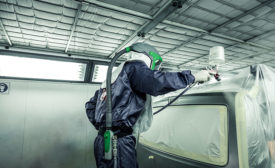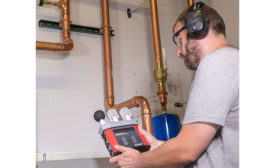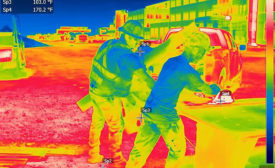Home » heat stress prevention
Articles Tagged with ''heat stress prevention''
Manage extreme heat to avoid exhaustion, stroke, possible death
Climate control respirators
June 4, 2019
Heat stress prevention tips
Acclimatization, break schedules, ventilation, clothing & monitoring stress can avoid illnesses and even fatilities.
May 1, 2019
High temperatures stress the body and require cooling off practices
Heating up & cooling down
April 19, 2019
Get our new eMagazine delivered to your inbox every month.
Stay in the know on the latest safety trends.
SUBSCRIBE TODAYCopyright ©2024. All Rights Reserved BNP Media.
Design, CMS, Hosting & Web Development :: ePublishing
